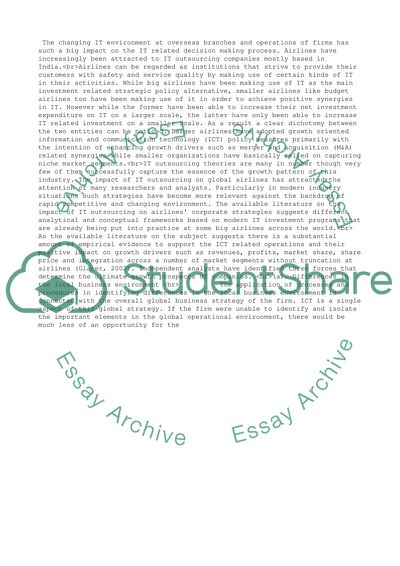Cite this document
(“Information Technology Outsourcing in Airlines Essay”, n.d.)
Information Technology Outsourcing in Airlines Essay. Retrieved from https://studentshare.org/business/1518548-information-technology-outsourcing-in-airlines
Information Technology Outsourcing in Airlines Essay. Retrieved from https://studentshare.org/business/1518548-information-technology-outsourcing-in-airlines
(Information Technology Outsourcing in Airlines Essay)
Information Technology Outsourcing in Airlines Essay. https://studentshare.org/business/1518548-information-technology-outsourcing-in-airlines.
Information Technology Outsourcing in Airlines Essay. https://studentshare.org/business/1518548-information-technology-outsourcing-in-airlines.
“Information Technology Outsourcing in Airlines Essay”, n.d. https://studentshare.org/business/1518548-information-technology-outsourcing-in-airlines.


